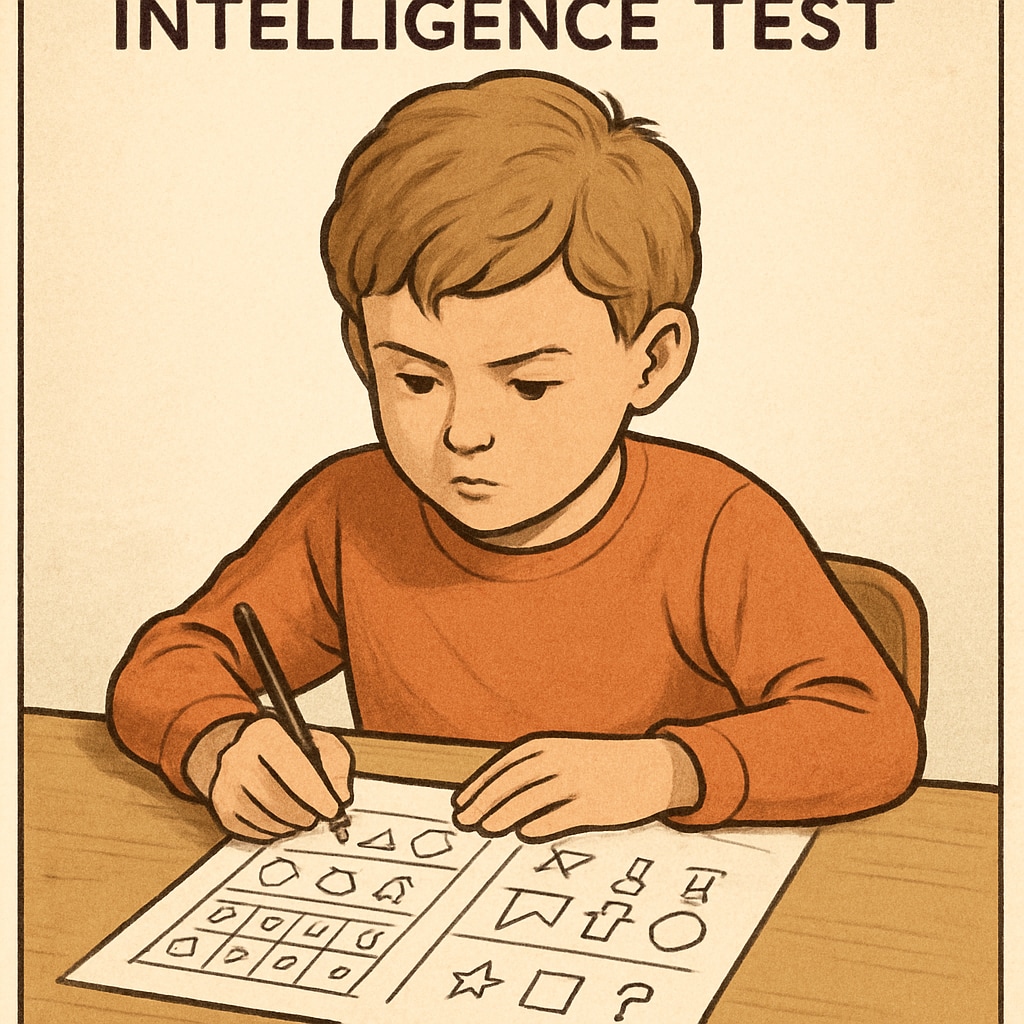Assessing gifted children requires reliable tools to measure their unique abilities. Standardized intelligence tests, such as CogAT, WISC, and Stanford-Binet, offer structured methods for evaluating cognitive strengths and weaknesses. This article explores the key characteristics, suitability, and factors to consider when selecting the right test for gifted child assessments.

Understanding Standardized Intelligence Tests for Gifted Children
Standardized intelligence tests are designed to measure various cognitive abilities, including problem-solving, reasoning, and memory. For gifted children, these tests help identify advanced intellectual capacities and tailor educational support. Below are three commonly used assessments:
- CogAT (Cognitive Abilities Test): Measures reasoning skills across verbal, quantitative, and non-verbal domains. Often used in schools for identifying academically gifted students.
- WISC (Wechsler Intelligence Scale for Children): Provides a detailed profile of intellectual functioning, including verbal comprehension and processing speed.
- Stanford-Binet Intelligence Scales: Offers comprehensive insights into cognitive strengths and weaknesses, with a broader age range for testing.
Each test has unique strengths, making it essential to choose the one that aligns with the child’s needs and context.
Key Factors to Consider When Choosing a Test
Selecting the best standardized intelligence test involves evaluating several factors:
- Test Alignment: Ensure the test evaluates abilities relevant to the child’s areas of strength, such as mathematical reasoning or verbal skills.
- Age Appropriateness: Tests like Stanford-Binet cover a wider age range, while WISC is specifically designed for children aged 6-16.
- Purpose of Testing: Determine whether the goal is academic placement, identifying cognitive strengths, or understanding learning challenges.
- Cultural Sensitivity: Choose a test that minimizes cultural bias and accurately reflects the child’s abilities.

Comparing CogAT, WISC, and Stanford-Binet
While all three tests assess intelligence, they differ in focus and application:
- CogAT: Ideal for group testing in schools; emphasizes reasoning skills.
- WISC: Provides a detailed and individualized profile; suitable for diagnosing learning disabilities or giftedness.
- Stanford-Binet: Offers a broader analysis of cognitive abilities, suitable for diverse age groups and more in-depth evaluation.
For example, CogAT may be preferred for identifying gifted students within a classroom, while WISC and Stanford-Binet are better for one-on-one diagnostic purposes.
Practical Tips for Parents and Educators
To ensure effective assessment, consider the following:
- Collaborate with psychologists or educational professionals to administer tests accurately.
- Prepare the child by explaining the purpose of the test in a positive and reassuring manner.
- Use test results to create personalized learning plans that nurture the child’s talents.
As a result, assessments can act as a foundation for unlocking a gifted child’s potential and guiding their educational development.
In conclusion, standardized intelligence tests like CogAT, WISC, and Stanford-Binet are invaluable tools for evaluating gifted children. By understanding the characteristics of each test and considering key factors, parents and educators can make informed decisions that empower these children to thrive.


